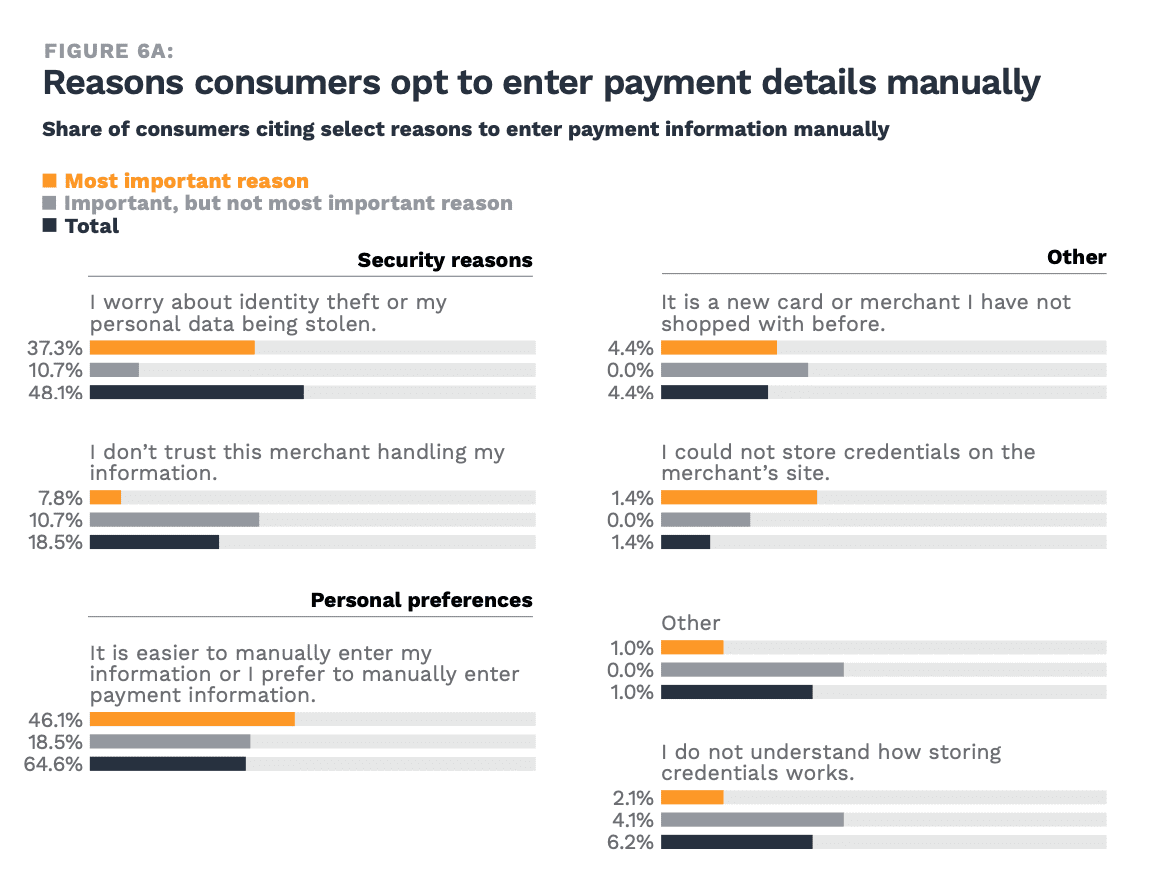Young Digital Natives Getting Scammed Online in High Numbers

New government data shows digital natives are falling for some online scams more than elders.
In short, engagement — not age — is the primary predictor of an online attack.
According to the Consumer Protection Data Spotlight report from the Federal Trade Commission (FTC) released Thursday (Dec. 8) “Gen Xers, Millennials, and Gen Z young adults (ages 18-59) were 34% more likely than older adults (ages 60 and over) to report losing money to fraud” online.
On some levels, the FTC’s data is a bit of a stunner, showing that consumers aged 18 to 59 are 86% more likely to fall victim to online shopping fraud, and a staggering 330% more likely to experience investment scam losses, particularly those involving cryptocurrencies.
“Younger adults reported losses to online shopping fraud — which often started with an ad on social media — far more often than any other fraud type, and most said they simply did not get the items they ordered,” according to the FTC’s analysis of 2021 fraud and scam reports.
Young adults are “over four times more likely than older adults to report a loss on an investment scam,” most involving bogus crypto investment swindles, FTC said, adding that college students and younger consumers also got taken by job scams at rates over five times that of older demos.
This level of fraud and scam activity fooling even digital natives is both alarming and surprising but given the sophistication of fraudsters combined with the economic desperation many are feeling this year, a spike in fraud of this kind isn’t unexpected.
In the study “How We Pay Digitally: Stored Credentials Edition,” a PYMNTS and Amazon Web Services collaboration, it’s clear that many consumers remain distrustful of online payments, preferring to manually enter payment card information rather than conveniently storing their private credentials with eCommerce merchants.
That study identified security concerns as the main reason some shoppers still prefer to do it themselves the “hard way.”
“Despite the power of stored credentials to minimize checkout friction, many online consumers at least occasionally choose to enter their payment information manually, mainly due to security concerns or personal preferences,” the study states.
Looking at respondents who had manually entered payment information at least once in the last 30 days, “45% cited security concerns as the most important reason for doing so. Forty-eight percent of respondents cited theft or stolen personal data as a concern, and 8% cited a lack of trust in merchant security practices.”

Learn more: How We Pay Digitally: Stored Credentials Edition
Loss Upon Loss
The FTC found that consumers aged 60 and older were more easily taken in by fake tech support emergencies with emails impersonating service providers like Apple and Microsoft, pulling ahead of younger cohorts by 398% on tech support scams and 126% more on fake sweepstakes. Still, the incidence of scams hitting digital-savvy consumers is striking.
For example, those in the 18 to 59 group were found to be 448% more likely to be fooled by job scams, and somewhat shockingly, 98% more likely to get burned by fake paper check fraud.
Monetary losses ran the gamut from a median of $500 in individual fraud loss by people aged 18 to 59 in 2021, and while the FTC found that “older adults were less likely to report losing money to fraud, those 70 and over reported much higher median individual losses. The median reported loss was $800 for people 70-79, and a whopping $1,500 for those 80 and over.”
Social media is the channel through which younger demos are most often fooled, with the FTC finding, for example, the 18-59 group is 13% more likely to get burned on social dating scams.
In a recent Digital Fraud Tracker®, a PYMNTS and DataVisor collaboration, Milliesia Armogan, Valley Bank’s assistant vice president, digital fraud investigations manager, fraud risk management, said, “When you share your information with an unknown source, we cannot control that. We cannot control whether you click on a link embedded in an email. Likewise for authorizing a payment. If the customer authorizes it, it is processed.”
Get the report: Digital Fraud Tracker®
